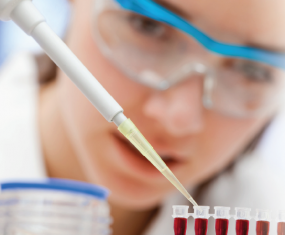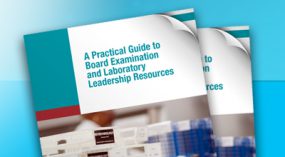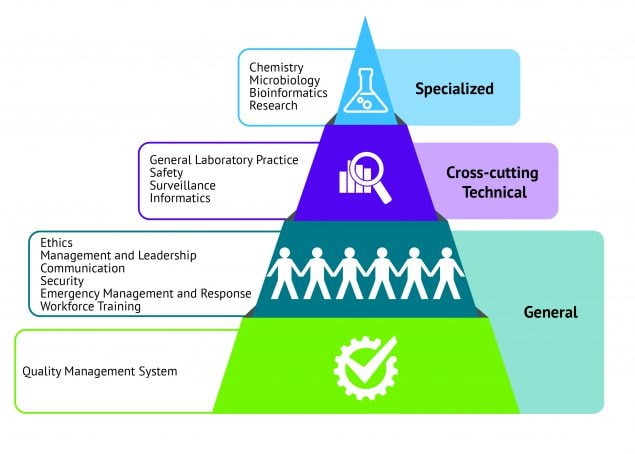Competency Guidelines for Laboratory Professionals

CDC and the Association of Public Health Laboratories (APHL) have published the first comprehensive set of competencies for laboratory professionals. These guidelines were developed for public health laboratories, but they can be used in a variety of laboratory settings since most of the competencies have broad applicability. Competency guidelines support quality improvement, enhanced personnel management, and professional development.
What Are Competencies?
Competencies are action-oriented statements of the knowledge, skills, and abilities people need to do their work successfully. They are observable and measurable.
How Can They Help?
Competencies pave the way for quality improvement and workforce development. They can be used to set standards for effective and efficient performance, identify training needs, guide professional development, and assess organizational capacity.
What Do These Guidelines Cover?
The CDC/APHL Competency Guidelines cover 15 domains, ranging from broad topics important to all laboratory professionals—such as quality management systems—to specialized topics in varied areas of practice—such as chemistry and bioinformatics. The Guidelines are aligned to four skill levels—beginner, competent, proficient, and expert — and are applicable across roles and responsibilities in the laboratory.
Laboratory Directors and Human Resources Staff
To create job descriptions, define career paths, assess performance, and guide professional development in their organization.
Laboratory Professional
To assess skill levels and training needs, and set goals to improve competencies.
Educators and Training Developers
To determine staff training needs and plan training programs.
The 15 competency domains are grouped into three categories: 1) General domains that apply to the responsibilities of all public health laboratory professionals, including bench scientists, laboratory leaders and managers, and other laboratory staff; 2) Cross-cutting technical domains that apply to all laboratory scientists regardless of the discipline in which they work; and 3) Specialized domains specific to laboratory scientists who work in particular scientific disciplines or specialized functional areas.
The Competency Guidelines have been used as the foundation for CDC’s Laboratory Leadership Service fellowship program, to develop core competencies and training for the APHL-CDC Laboratory Fellowship programsexternal icon, to craft the new online Doctor of Public Health (DrPH) program in Public Health and Clinical Laboratory Science and Practiceexternal icon, and to guide development of other laboratory curricula and training. Several state/local public health laboratories are also working to implement the competencies within their human resource processes (for example, to create position descriptions and perform staff competency assessments) and within their own organization’s leadership development programs for laboratory staff.
CDC and APHL welcome additional examples that illustrate the application of the Laboratory Competency Guidelines. Please consider sharing examples with others in the laboratory community. Send questions and examples to PHLcompetencies@aphl.org.
Download an electronic copy of the Laboratory Competency Guidelines or order bound copies from CDC.
Check out APHL tools and resourcesexternal icon to aid in competency implementation.

Access a resourcepdf iconexternal icon that provides guidance and outlines the unique competencies required of today’s public health laboratory leaders.
